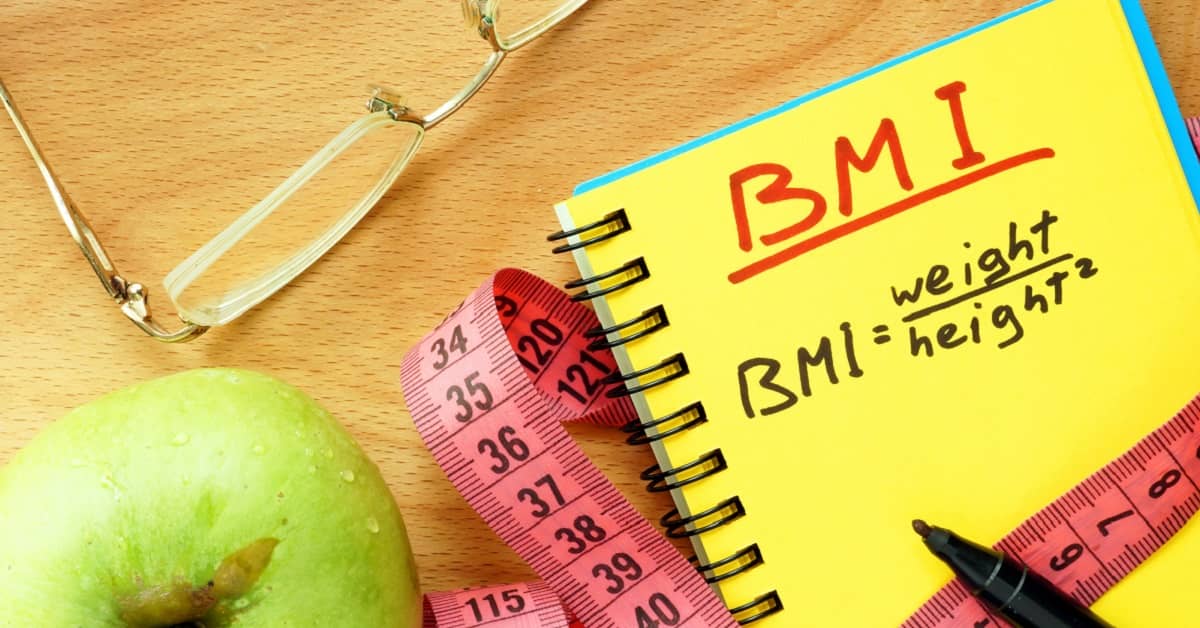
If your BMI drifts into the “overweight” zone, your doctor is quick to give advice on lifestyle changes, such as eating less and exercising more, to bring your BMI down into the healthy range.
The trouble is, using BMI as a sole indicator of being overweight ignores the sizable group of men and women who have a 'healthy' BMI, but also have a large waistline.
Believe it or not, such people, the evidence shows, are at even greater risk of premature death than people who are ranked downright obese by BMI standards. Those little love handles are not safe...
The size of your waistline isn’t just about looking good but indicates your overall risk for a number of deadly diseases. A large waistline is usually the result of an accumulation of abdominal (visceral) fat.
This type of fat can impair insulin, blood sugar and cholesterol regulation, create inflammation, and lead to diabetes, cardiovascular disease and some types of cancer.
Calculating BMI is somewhat complicated, but generally a high-risk waistline for men is a size of 40 inches or more, and for women, 35 inches.
Mayo Clinic Reports Higher Death Rates
The first large-scale study to look at normal BMI with central obesity—meaning a larger than healthy waistline — was carried out by the Mayo Clinic in 2015.Data on more than 15,000 people gathered over a period of 14 years showed people who had normal BMIs (18.5–24.9 kg/m2) but who had central obesity had worse long-term survival compared to those with normal fat distribution, regardless of their BMI.
Lead investigator Francisco Lopez-Jimenez commented, "...to see that these individuals had a [mortality] risk higher than that of obese by BMI was a surprise."
Researchers followed up this study in the United Kingdom with another involving over 42,000 participants. Here too, the researchers found men and women with a normal BMI who carry weight around the middle are at the highest risk of death from any cause compared to overweight or obese people who carry their weight elsewhere.
Risk of Death Increases By 31 Percent
And now there’s more: Researchers carried out the latest and largest study to date at the University of Iowa and published their results in JAMA Network Open in July.They tracked 156,624 postmenopausal women from 1993 to 2017.
After taking into account various influences that could affect the outcome such as socioeconomic status, lifestyle factors and hormone use, those assessed as normal weight under the BMI scale, but who had a waist circumference of 35 inches or above, were 31 percent more likely to die than those of normal weight without central obesity.
More specifically, they had a 25 percent higher risk of dying from heart disease and a 20 percent greater risk of death from cancer. Now note that this is a comparison between the people with a gut and those who were thin.
When comparing the slightly overweight to the obese, the differences were not as great. Their overall risk of death was slightly higher compared to women categorized as obese by BMI but who had no central obesity.
Lead researcher Wei Bao explained, "The results suggest we should encourage physicians to look not only at body weight but also body shape when assessing a patient's health risks.
"People with normal weight based on BMI, regardless of their central obesity, were generally considered normal in clinical practice according to current guidelines. This could lead to a missed opportunity for risk evaluation and intervention programs in this high-risk subgroup."
It’s sure prompting me to take another look at my risk factors. I’m thin, but I’m a little soft around the middle. It’s seems like the older you get, the more weight finds its way to your gut even if your overall weight remains constant.
How to Lose Belly Fat
Those with central obesity need to exercise at least half an hour a day. Brisk walking is the easiest for most people. Running is better. Workouts on stationary bikes or rowing machines are also effective. Strength training using weights also fights visceral fat.Even with vigorous exercise, it's vital not to sit for lengthy periods. After a half hour, move around for several minutes before sitting back down again.
In terms of diet, replace sugary drinks and juices with water and choose to eat fresh, whole foods over refined and processed foods.
